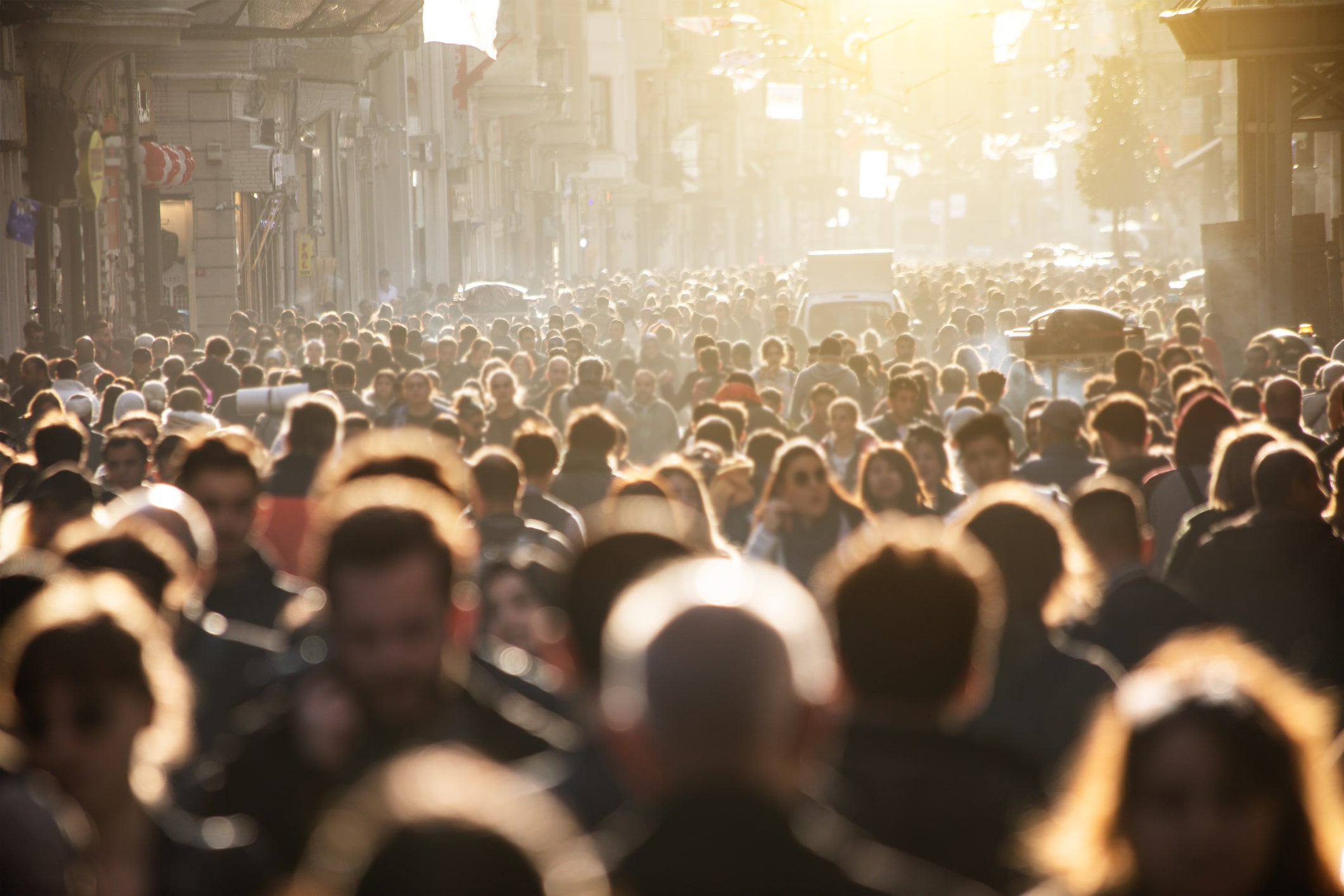
Paris Planning to Accelerate Climate Action
The ‘Green Scene’ Series on Newstalk is a weekly update on energy and environmental matters with Pat Kenny and MaREI Director Brian Ó Gallachóir.
On January 28, 2020 Prof Ó Gallachóir discussed how Paris is going all out to become a greener city with far fewer car spaces, cleaner air, and more green spaces.

Paris planning to accelerate climate action
- Paris is set to remove half of its 140,000 on-street car parking spaces as it seeks to make the city greener and more people friendly.
- Deputy Mayor David Belliard stated (in The Times) ‘We can no longer use 50% of the capital for cars when they represent only 13% of people’s journeys.
- The plan is to remove some 70,000 surface parking spots to free up space, particularly on narrow and residential streets
- Priority for remaining spaces will be given to residents and businesses, and no disabled places will be removed
- The goal is to make the air more breathable and give public space to Parisians who often live in cramped flats
- Local authorities are now consulting residents on what they would like to see replace the 10 square metre parking places, many of which are in residential areas.
- Options include more trees and plants, vegetable allotments, food composting areas, children’s playgrounds, bicycle lock-up areas, and hygienic public toilets, among many others.
- This follows significant changes in Vienna and in other cities around Europe.
- In 2020, Vienna was ranked the world’s greenest city by Resonance consultancy
- The ranking was based on the availability of greens spaces, use of renewable energy, use of public transportation, pedestrian-friendliness, recycling infrastructure, water consumption, air quality, and the number of local markets.
- Guiseppe Sala, mayor of Milan and chair of the global C40 Mayors COVID-19 Recovery Task Force, told BBC Worklife that cities around the world had “fundamentally changed” and called for a “green and just recovery” to protect citizens’ health and wellbeing

Challenges of a dispersed population
- Compared to the other EU Member States, Ireland’s population is dispersed – how does this affect our sustainability?
- 30% of the population live outside of cities and towns
- We have a relatively scattered and widespread distribution of the rural population in Ireland
- We’re more spread out – so more driving to connect us (3 times the EU levels of transport CO2 emissions per person)
- This dispersion makes some low carbon options (public transport, active modes, rail) less efficient, requiring more energy and emissions per person
- We have the third-lowest share of freight transported by rail in the EU
- Because we have more one-off houses – there are more surfaces (walls and roofs) exposed to the elements – (1½ times the EU levels of residential CO2 emissions per person)
- Ireland has four times the European average of length of electricity network per capita
- Addressing this challenge is very complex – it involves political and societal change as well as technology and fuel changes
- It’s not clear what appetite exists to make changes away from the dispersed settlement
The REthink Energy series featuring Green Scene is supported by ESB and The Institute of International and European Affairs.

THE 'GREEN SCENE' SERIES ON THE PAT KENNY SHOW
Catch up with the Green Scene podcasts on current energy and environmental matters
Listen Here

